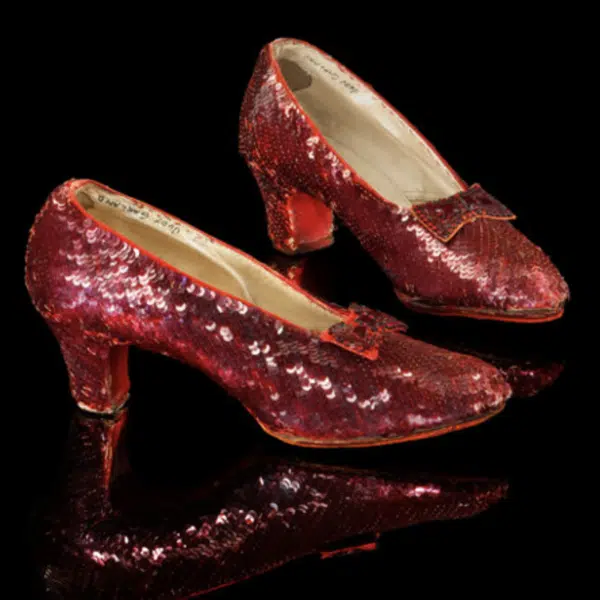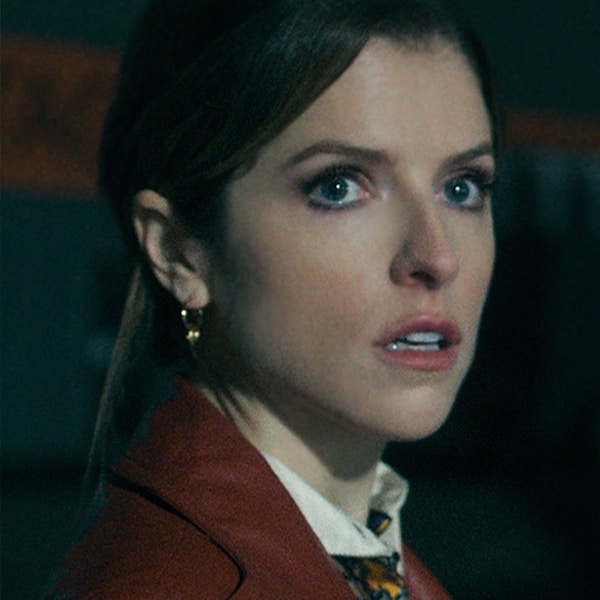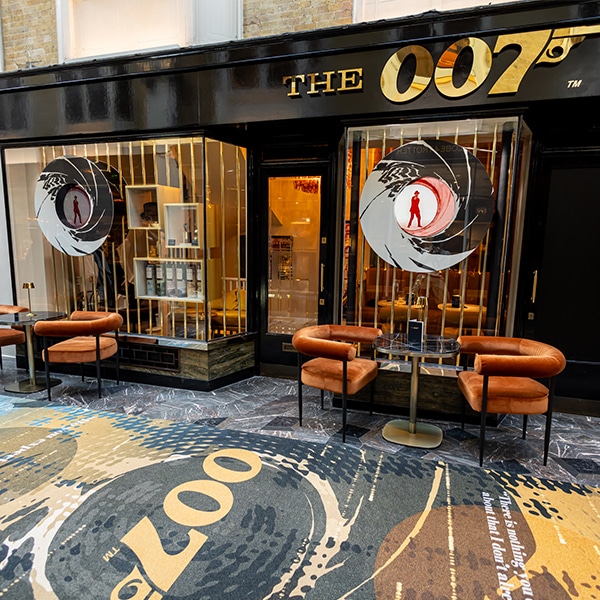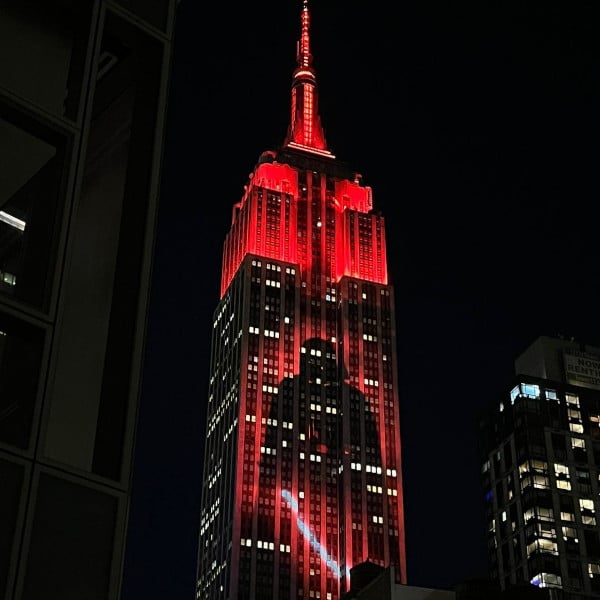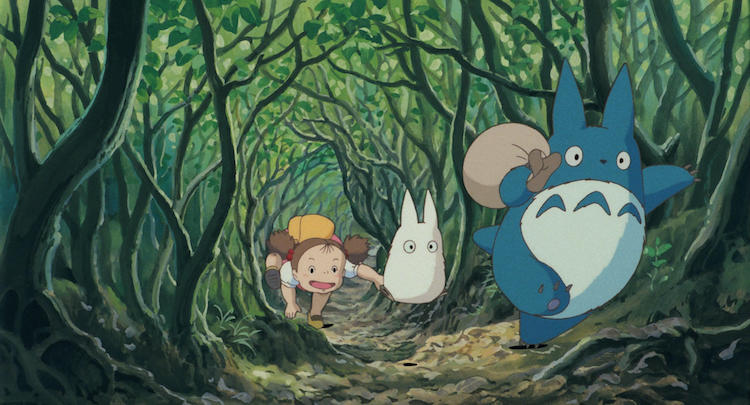
“My Neighbor Totoro,” 1988
For fans of anime, there’s nothing quite like the works of Studio Ghibli. The small team of animators spends years lovingly crafting each amazing story, bringing to life tales of adventure, love, and friendship through countless hand-drawn frames. From My Neighbor Totoro to Howl's Moving Castle, each captivating film allows viewers to immerse themselves in magical fantasy worlds.
Studio Ghibli was founded by animator, director, producer, screenwriter, author, and manga artist Hayao Miyazaki; Japanese film director Isao Takahata; and producer Toshio Suzuki. Over the last 37 years, they’ve created 20 feature films (and counting), plus several short films, and television commercials. Read on to discover the history and future of the legendary animation studio.
The Beginnings of Studio Ghibli
Takahata and Miyazaki first met in the 1960s when they both worked for the Japanese animation studio Tôei Dôga. They worked together for more than a decade, but it wasn't until the mid-1980s that they decided to start their own venture. In 1985—with funding from Tokyo-based publishing company Tokuma Shoten—Takahata, Miyazaki, and Suzuki founded Studio Ghibli, a small production studio in the suburbs of Tokyo.
The trio’s first feature film was Nausicaä of the Valley of the Wind, a post-apocalyptic fantasy adventure based on a manga of the same name published by Miyazaki. Released under the Tokuma Shoten name, it was a success and prompted the small team to begin their next production. In 1986, Studio Ghibli released the movie Laputa: Castle in the Sky, the story of a young orphan boy and a farm girl who embark on a journey to explore the mystical floating city of Laputa.

“Laputa: Castle in the Sky,” 1986
Unlike other animation studios at the time, Studio Ghibli didn’t care for initial international commercial success. The makers purely wanted to use their art to explore the depths of the human experience and tell heartfelt, poetic stories. Void of traditional villains, even the Ghibli “baddies” are somewhat likable, each with their own backstory to explain their behavior.
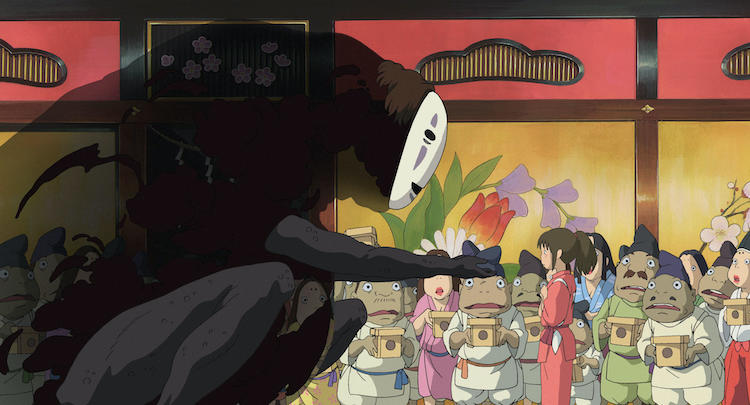
“Spirited Away,” 2001
Why is it Called Studio Ghibli?
The name “Ghibli” refers to the Italian word for the “Hot Sahara Wind.” The name is fitting because the studio wanted to “blow new wind through the anime industry.” The name also refers to Miyazaki’s love for Italy and planes. He was inspired by the Caproni Ca.309 Ghibli, a surveillance aircraft designed in Italy during the Second World War.
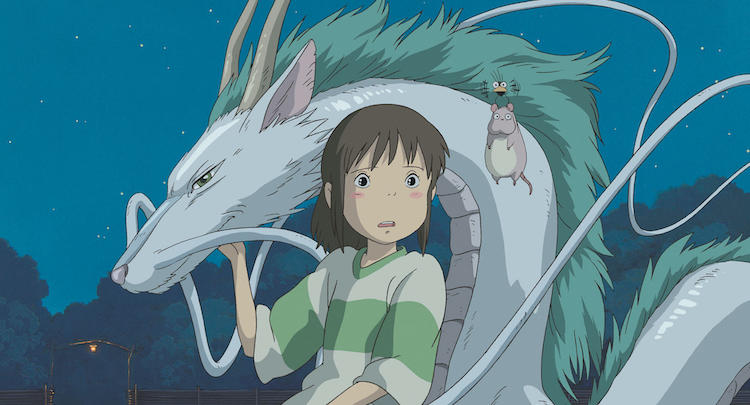
“Spirited Away,” 2001
Studio Ghibli's Films
Studio Ghibli produced 15 of the highest-grossing anime films in Japan. Although My Neighbor Totoro is arguably Ghibli’s most widely recognized film (even its logo features the lovable Totoro character), the studio’s first real success was Kiki's Delivery Service. First screened in 1989, the magical coming-of-age story was a number-one hit in Japanese theaters that year. Three years later in 1992, Porco Rosso topped Disney’s Beauty and the Beast at the Japanese box office. Then in 2003, Ghibli’s iconic Spirited Away became the first non-English-language film to win the Oscar for Best Animated Feature Film. The first film to gross $200,000,000 before opening in the U.S., Spirited Away became the highest-grossing film ever released in Japan.
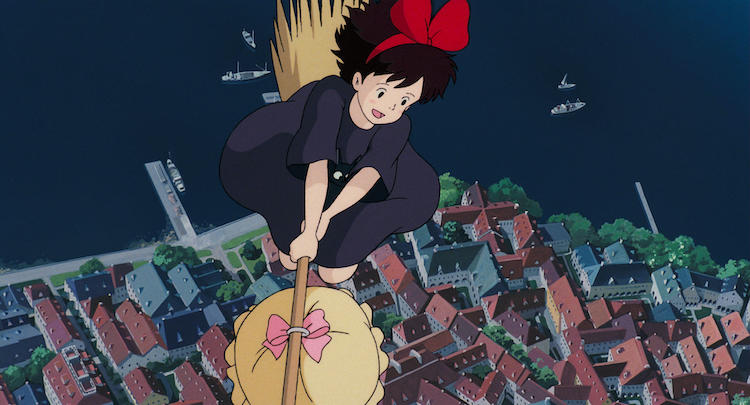
“Kiki's Delivery Service,” 1989
In 1988, Ghibli released Grave of the Fireflies. One of the studio’s most profoundly beautiful works, it was based on Akiyuki Nosaka's heartbreaking semi-autobiographical short story of two children struggling to survive during WWII. Surprisingly, the film was only moderately successful at the Japanese box office as it was deemed too jarring for young audiences. However, Grave of the Fireflies later received universal critical acclaim, and it even scores 100% on Rotten Tomatoes (an American review-aggregation website for film and television).
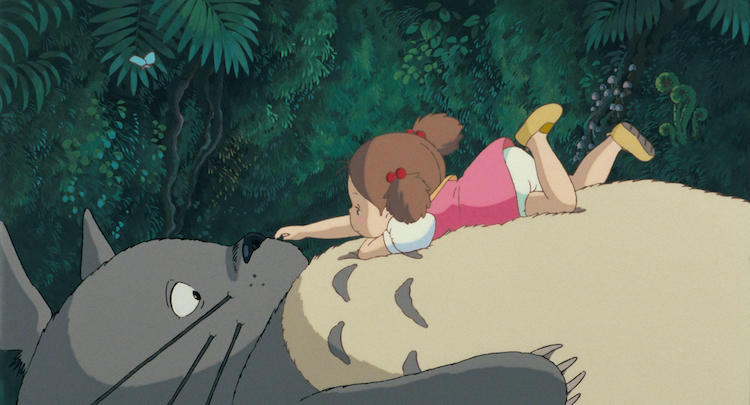
“My Neighbor Totoro,” 1988
What’s Next for Studio Ghibli?
Although Miyazaki announced his retirement in 2013, he shows no signs of quitting just yet. He came out of retirement in 2017 to work on an adaptation of the novel Earwig and the Witch by Diana Wynne Jones. Additionally, the legendary animator is also working on a new project based on the novel by Japanese writer Genzaburō Yoshin, titled How Do You Live? Set to be released in 2023, it tells the story of a young boy dealing with poverty. In May 2020, Suzuki (who is now the chief producer of Studio Ghibli) announced that 60 animators are currently working on the film. He said, “We are still hand-drawing everything, but it takes us more time to complete a film because we're drawing more frames.” Suzuki also revealed that he had to accept a deal with Netflix in order to finance the project.
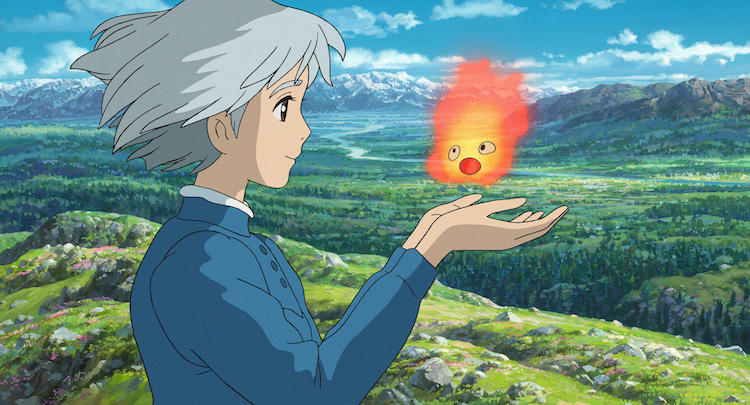
“Howl's Moving Castle,” 2004
If you want to know more about the history of Studio Ghibli, you can visit the Ghibli Museum, located in Mitaka, Tokyo. And if you’re feeling inspired to watch one of the studio’s classics, you can now stream Spirited Away, Howl’s Moving Castle, My Neighbor Totoro, and many more Ghibli films on Max.
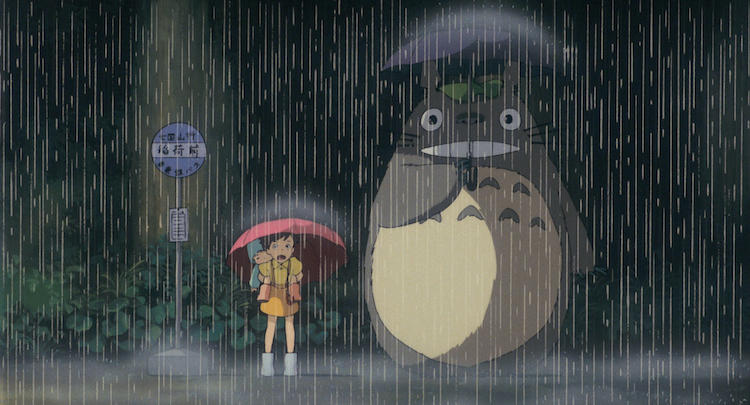
“My Neighbor Totoro,” 1988
Studio Ghibli: Website | Twitter
All images via Studio Ghibli.
This article has been edited and updated.
Related Articles:
Studio Ghibli Releases 400 Still Images From Its Iconic Movies for Free
You Can Now Download More Than 1,000 Still Images From Studio Ghibli Films for Free
Studio Ghibli Producer Releases Online Tutorial on How to Draw Totoro
You Can Now Take a Virtual Tour Around the Studio Ghibli Museum











































































